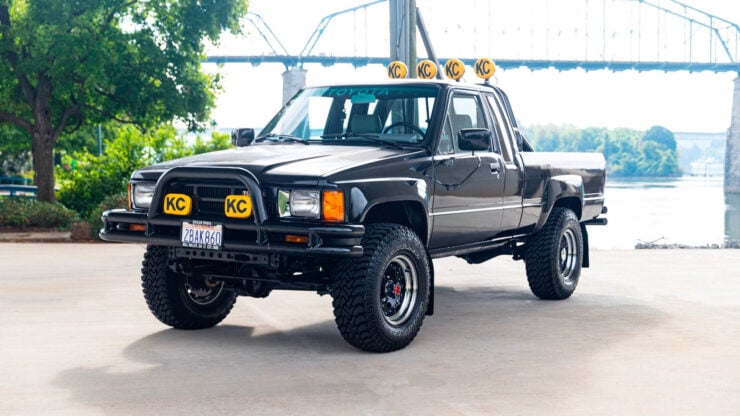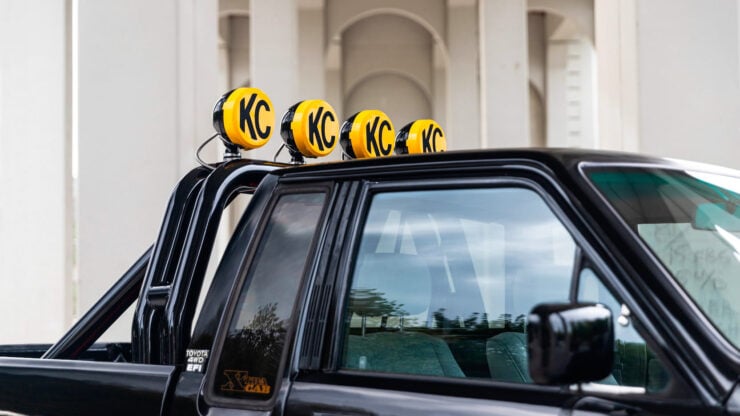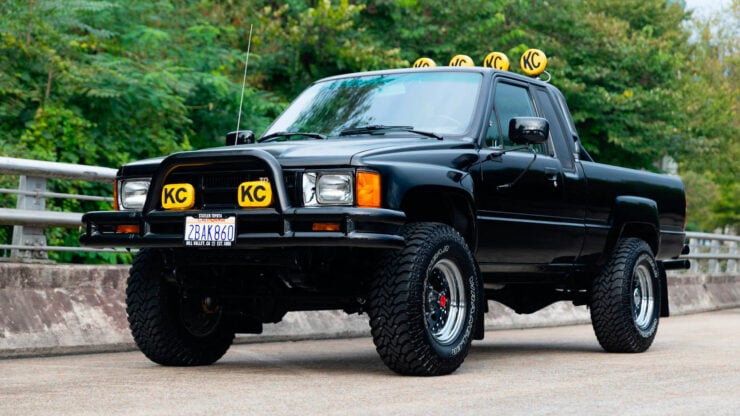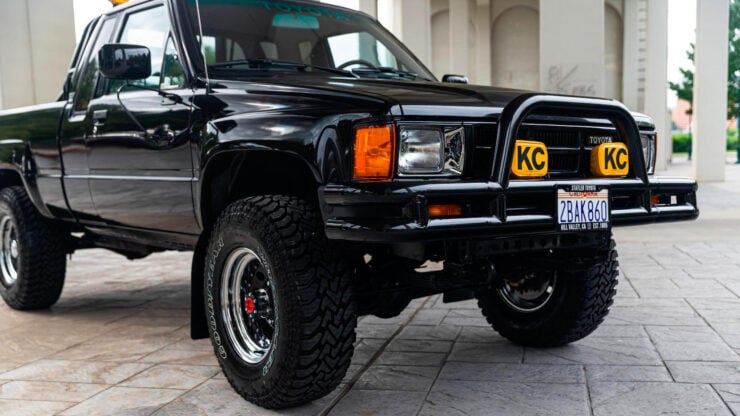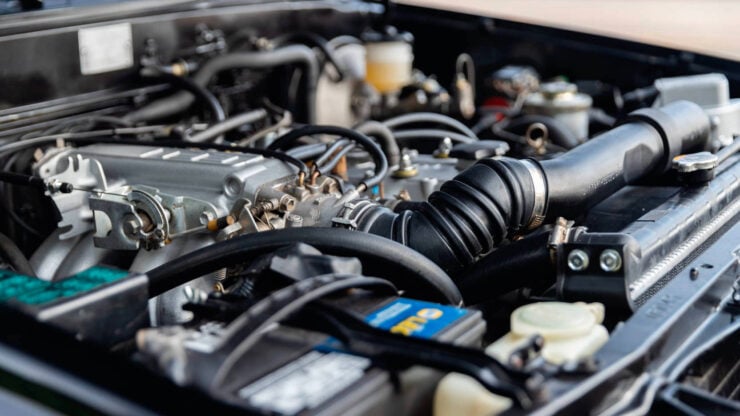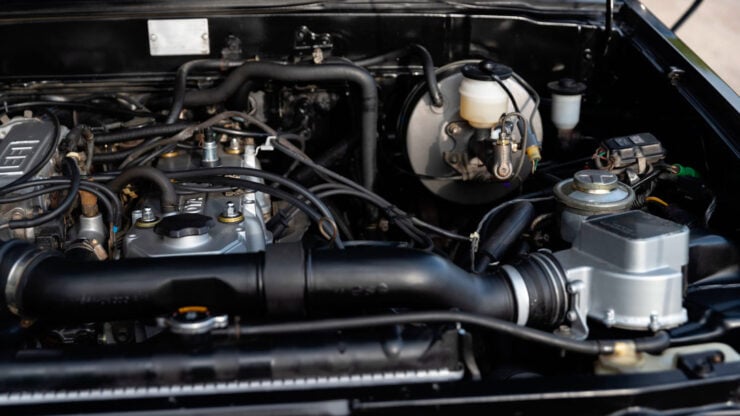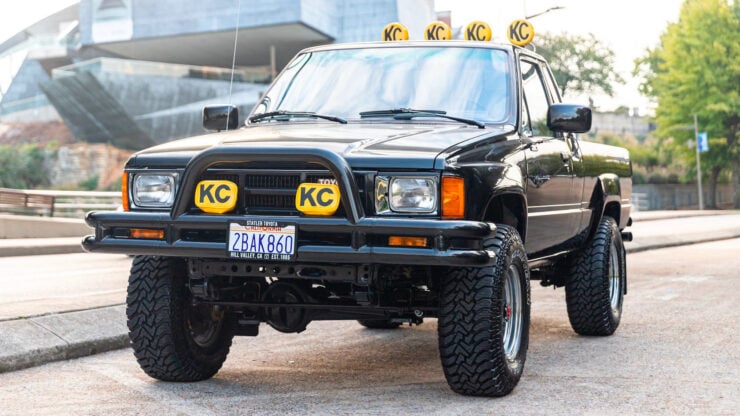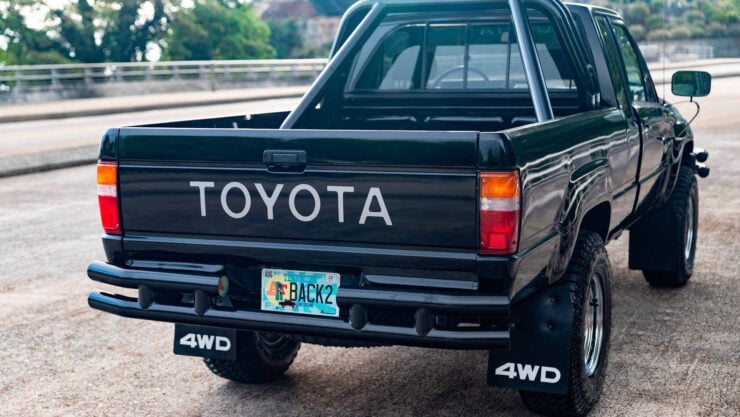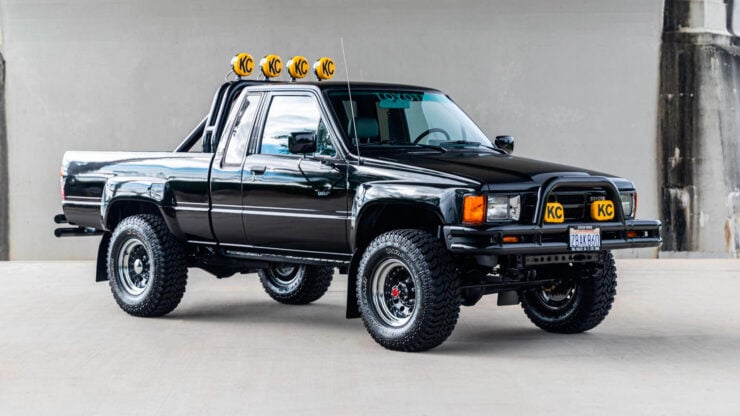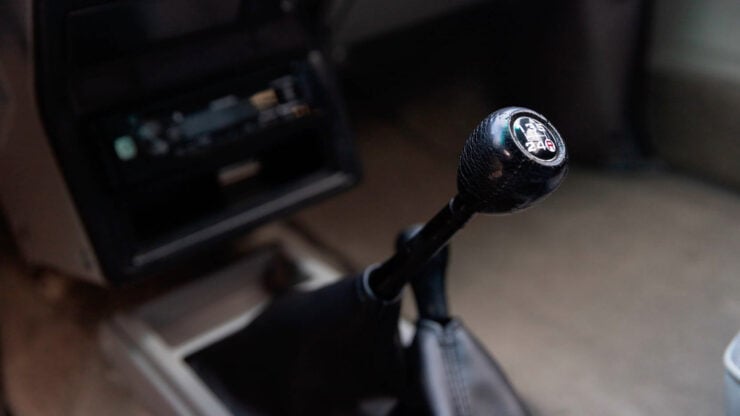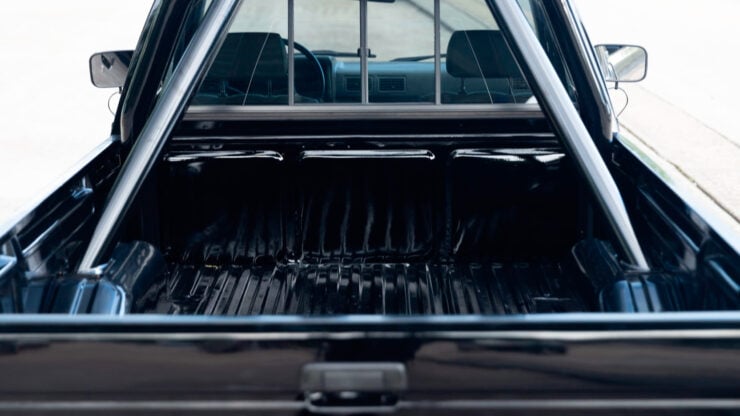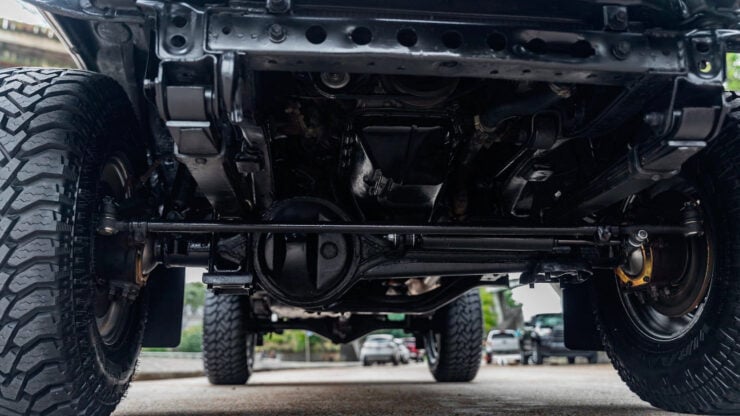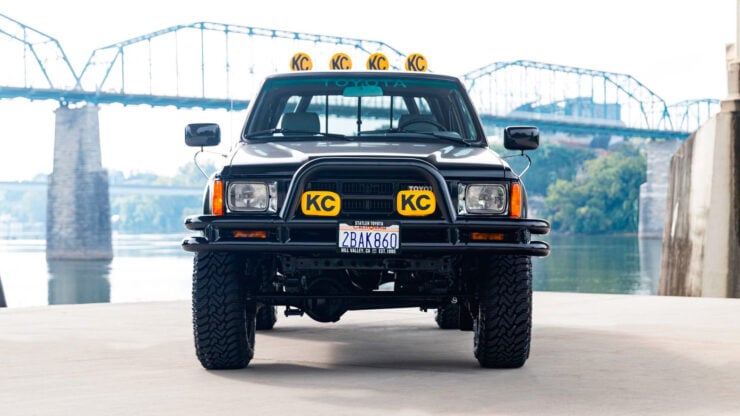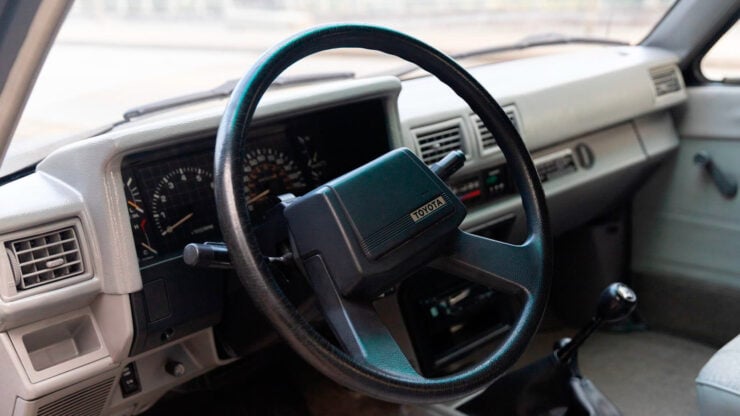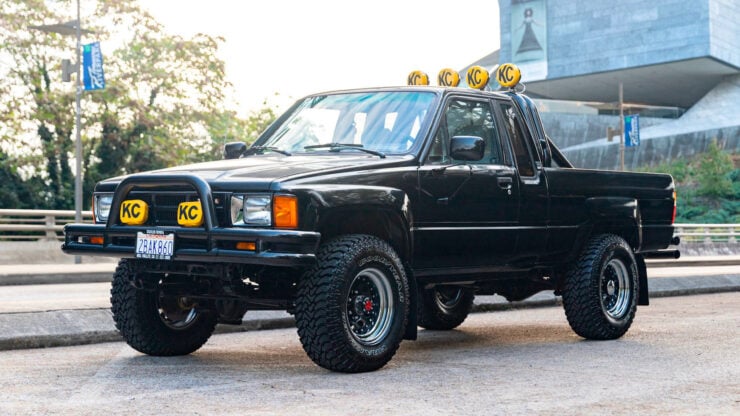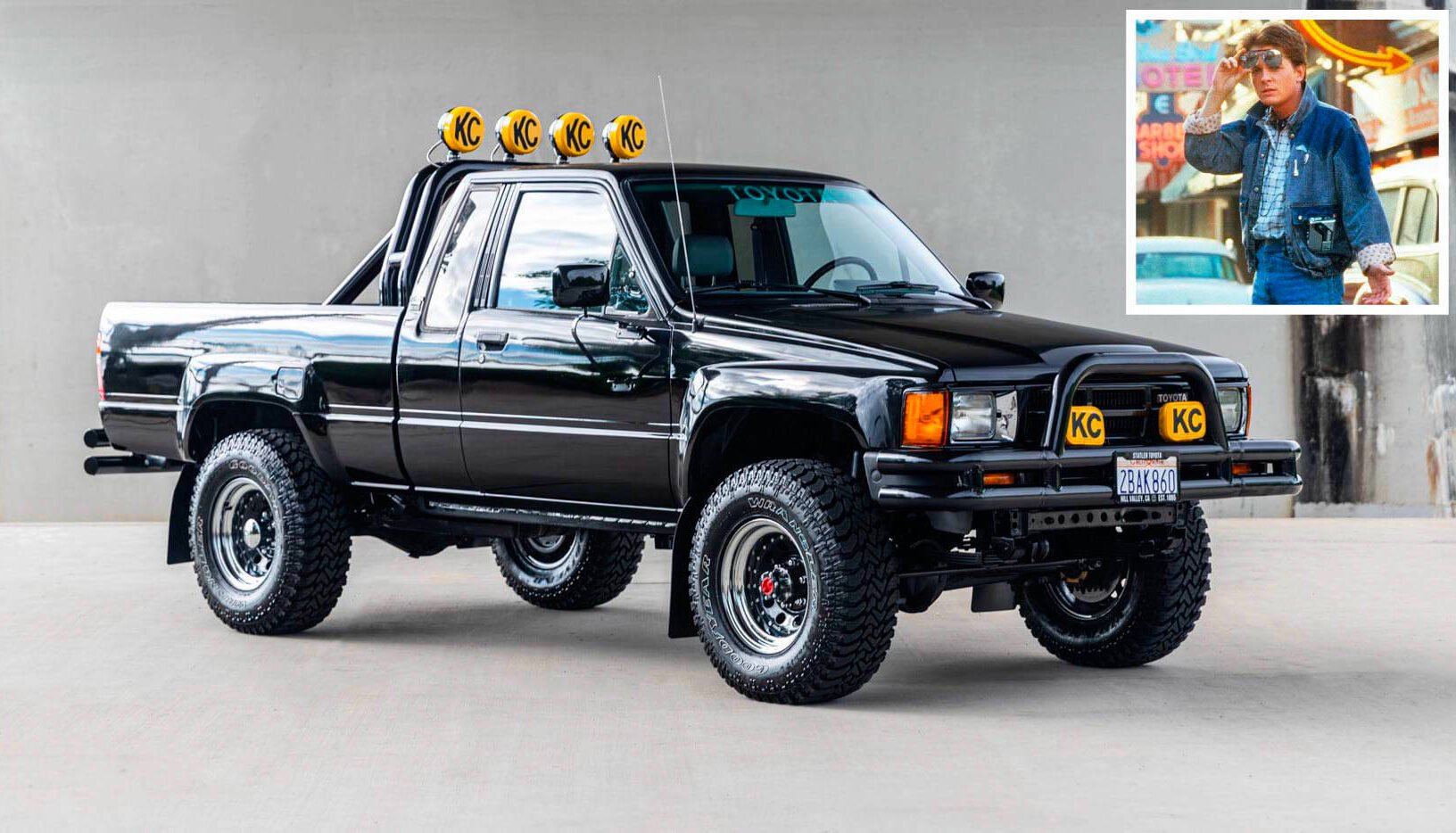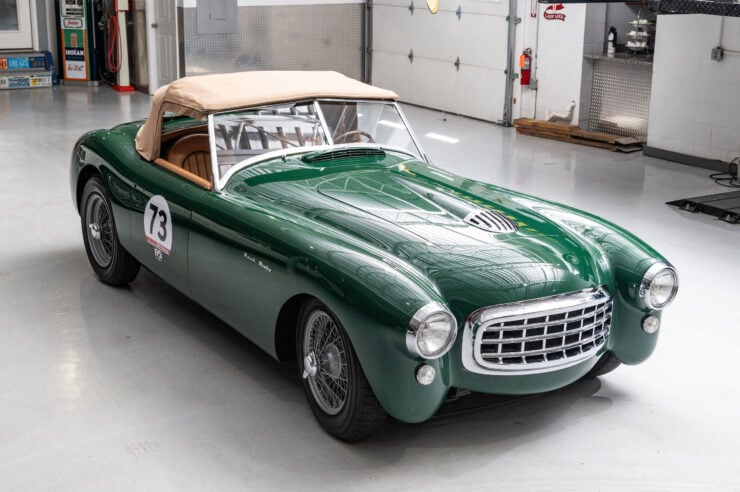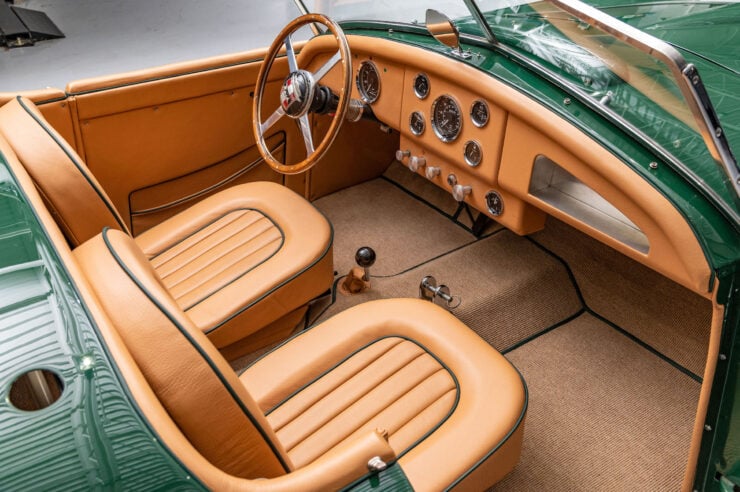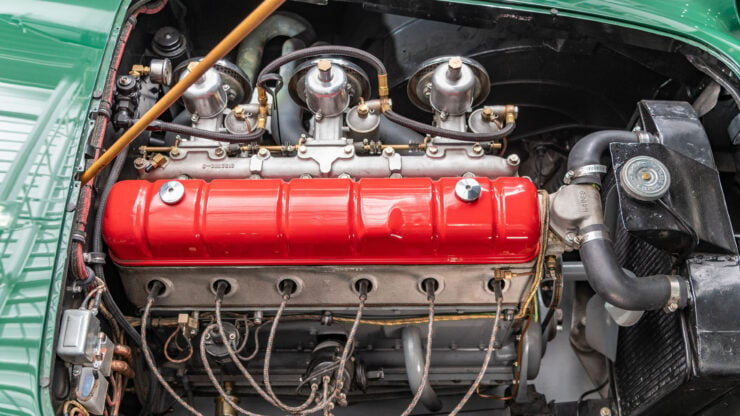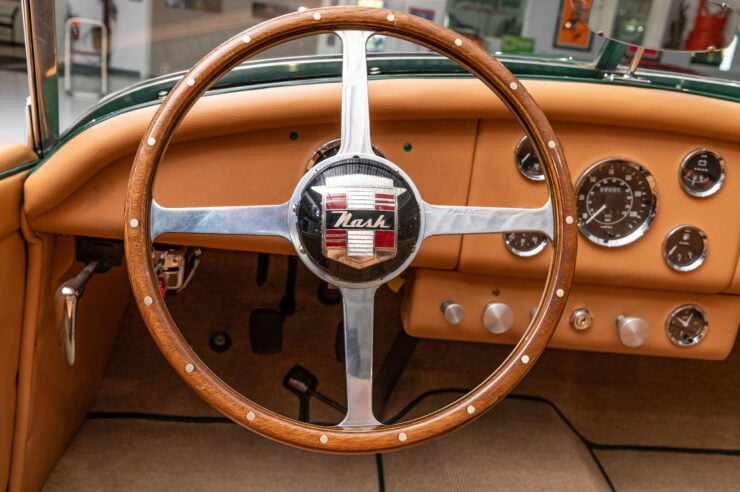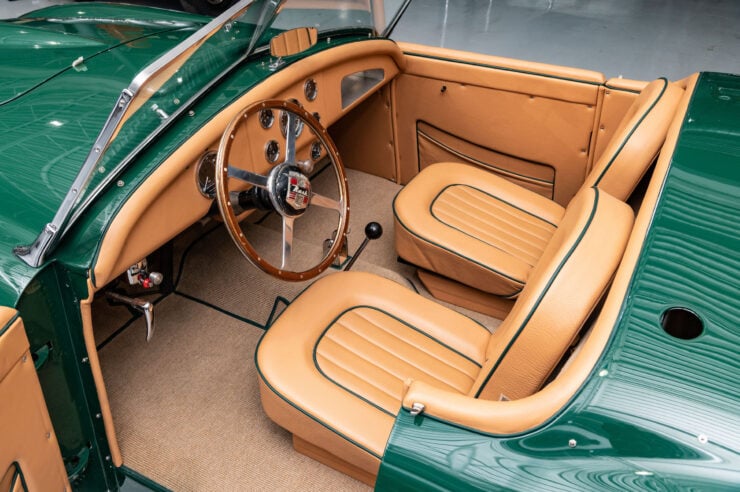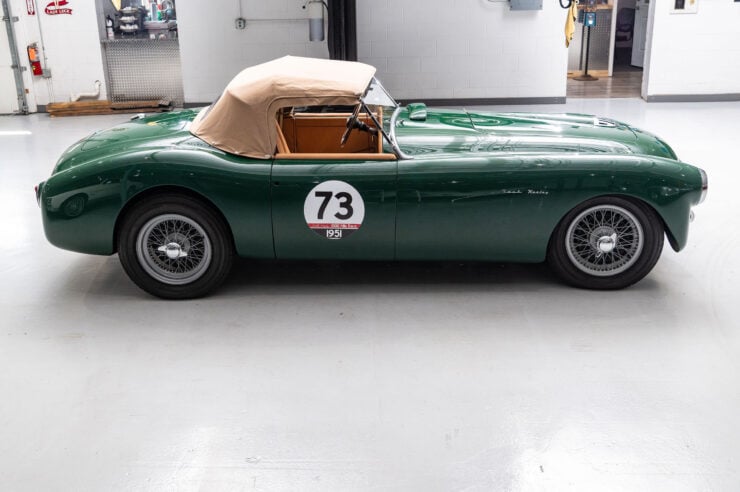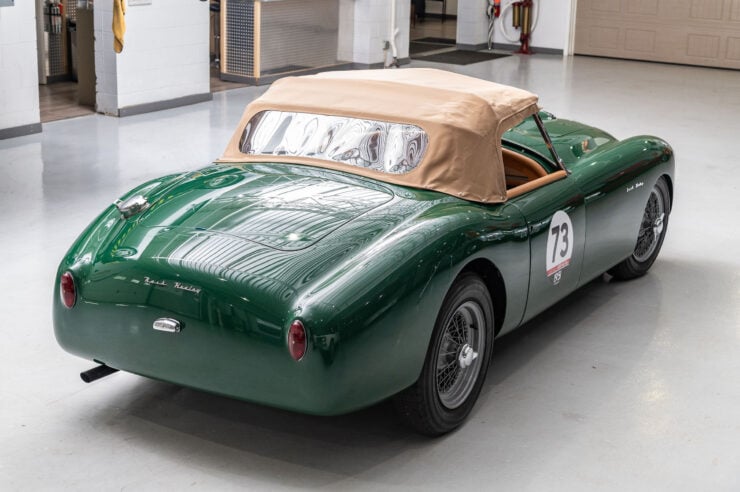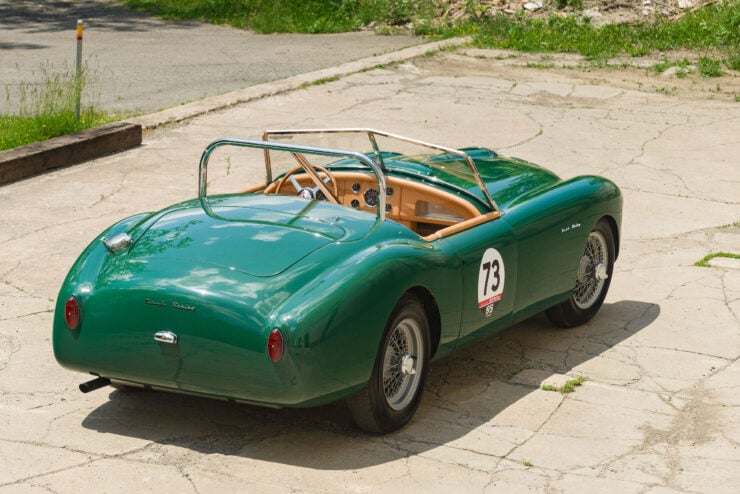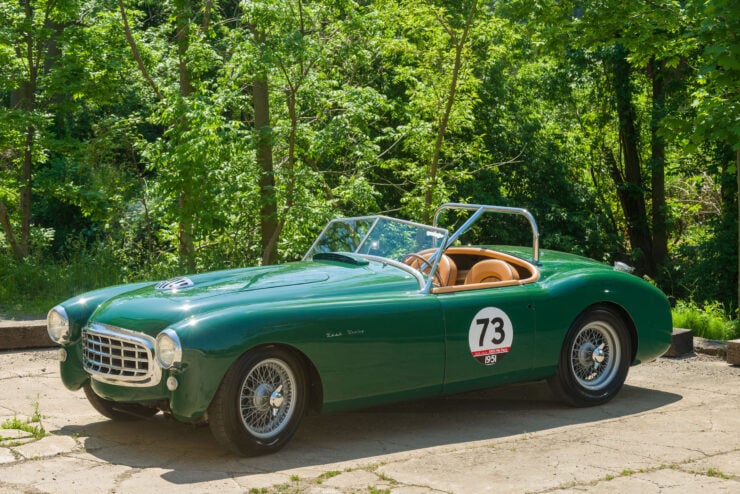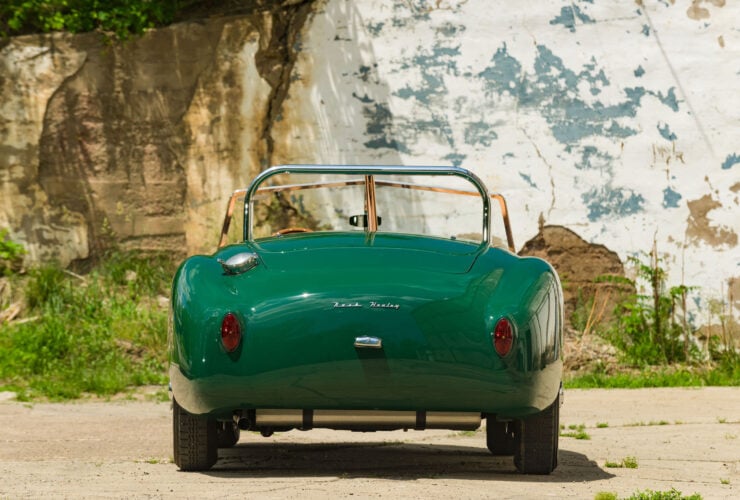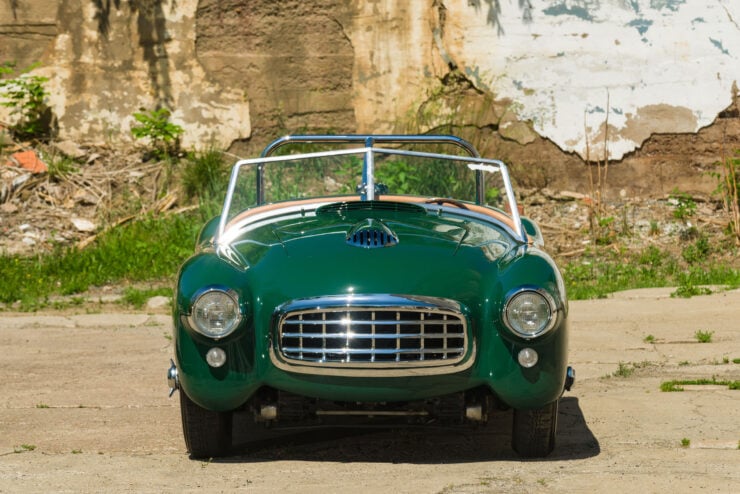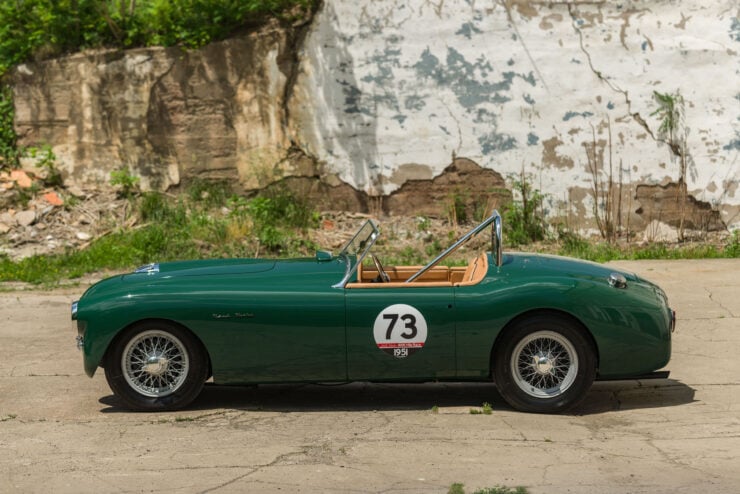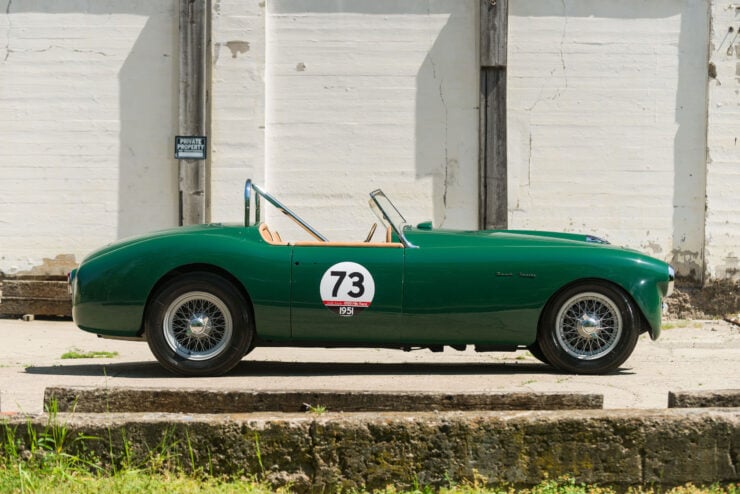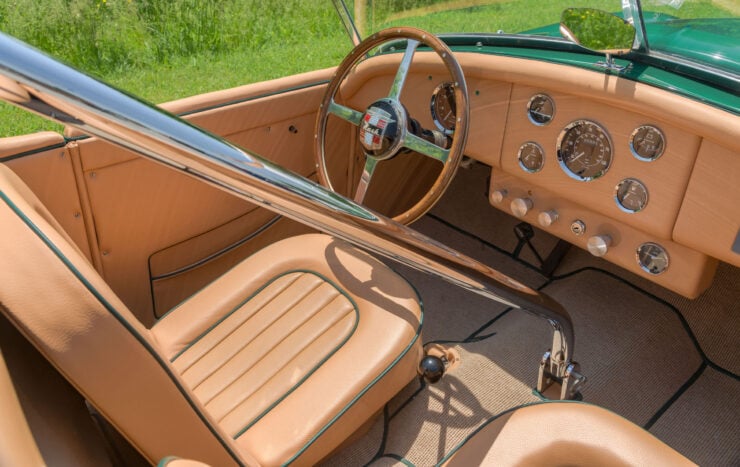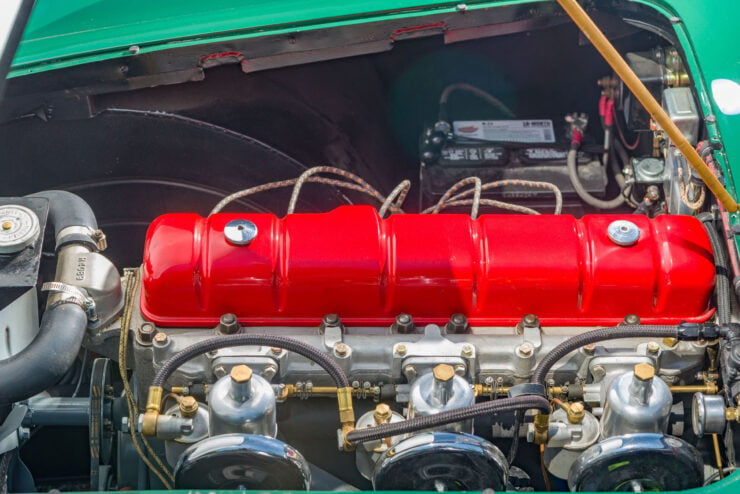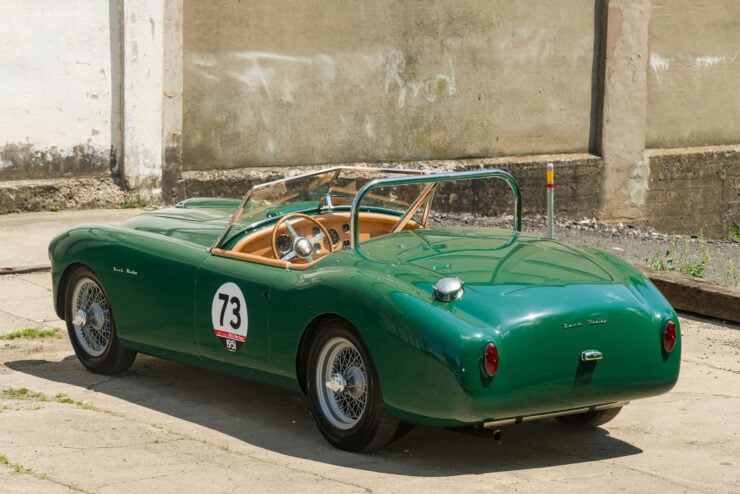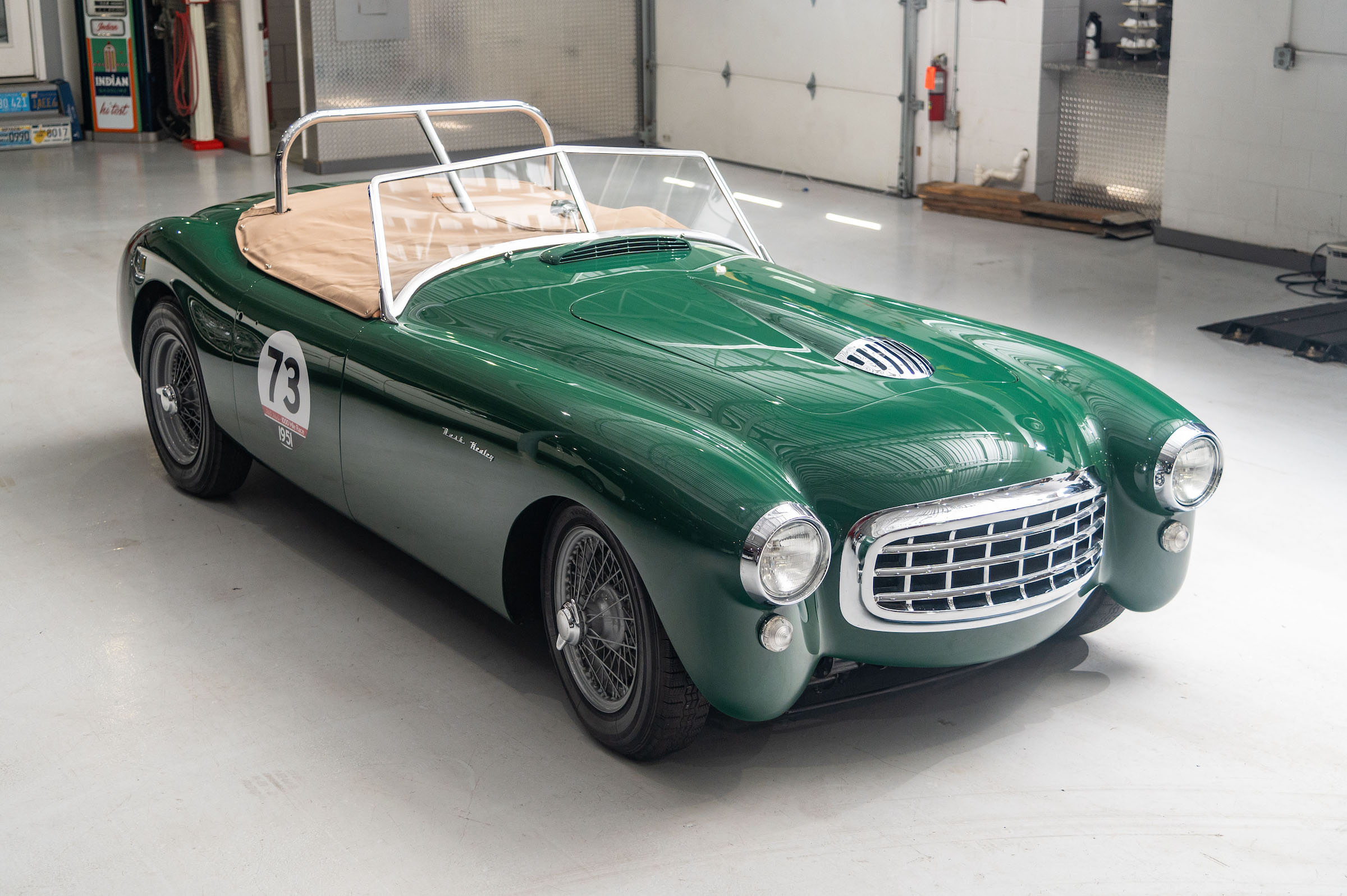This Lola T70 MkI Spyder has remarkable double-barreled former ownership, having been previously owned by both Carroll Shelby and Dan Gurney, two larger-than-life legends of American racing.
Lola is a former British carmaker that deserves to be far more famous than it is, it was Lola founder Eric Broadley who was largely responsible for developing the Ford GT40 that would so famously go on to repeatedly trounce Ferrari at the 24 Hours of Le Mans.
Fast Facts – The Lola T70 MkI Spyder
- The Lola T70 was first introduced in 1965 after company founder Eric Broadley had left the Ford GT40 program in England.
- The T70 became a dominant force in mid-1960s Can Am and sports car racing, claiming a slew of wins including a one/two finish at the 1969 24 Hours of Daytona.
- An advanced aluminum monocoque chassis was developed for the T70, a fiberglass body was then fitted and almost all T70s were powered by American V8s.
- Due to the fact that over 100 examples of the Lola T70 were built in period, and the fact that there are companies now building exact replicas, the model is a popular choice for vintage motorsport competition.
Lola Cars – From Club Racers To World Champions
Eric Broadley built his first car, the Broadley Special, back in 1956. It was a simple affair built to race in the Ford Ten Special class, it was powered by the Ford Model C 1,172cc side valve engine that had been developed before World War II.
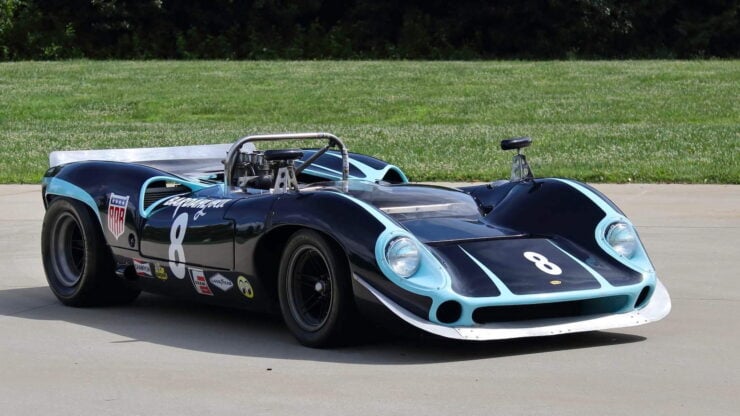
The T70 is one of the most elegant Can Am cars of its age, surviving examples can still be seen being raced in events like the Goodwood Revival.
Within two years Broadley had developed the Lola Mk1 which was proving to be wildly successful on the race tracks of England, orders started to flood in and in 1958 he officially founded Lola Cars Ltd in Bromley, Kent.
As Broadley was toiling away in his shed building his first racing car there’s no way he could have known that just eight years later he would be contracted by one of the world’s largest automakers to build them a new race car to defeat Ferrari.
Broadley created an updated version of his own Lola Mk6 for Ford now known as the Ford GT40, and it wouldn’t just beat Ferrari once – it won the 24 Hours of Le Mans four years on the trot between 1966 and 1969.
After The GT40 – The Lola T70
Immediately after Broadley left the GT40 program he set to work on a new car to build on the lessons he had learned developing the Lola Mk6 and the Ford GT40. This new car would be the Lola T70 which would be offered in three major iterations over the course of its production – the MkI, the MkII, and the MkIII coupe.
The T70 made use of a modern aluminum monocoque chassis with a lightweight fiberglass body. An American V8 was almost always used, mounted in a rear-mid position and the transmission extended out the back.
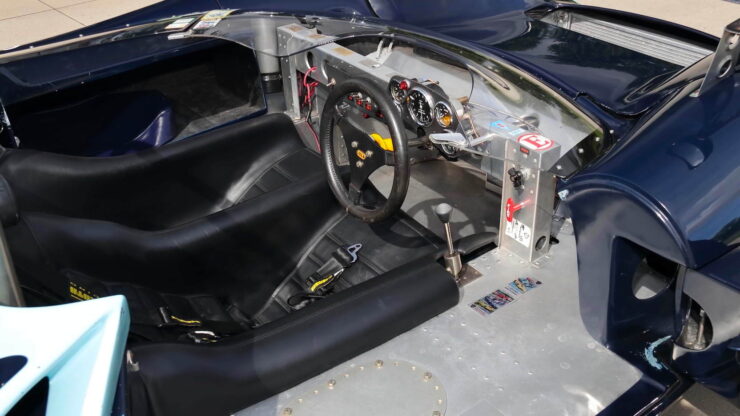
The driving position in the T70 had the driver laying almost flat on their back to get the lowest possible front area for optimal aerodynamics and CoG.
This new model from Lola would prove so popular that over 100 were made, countless race victories were taken and before the era of cars like the Porsche 917, McLaren M6, and the Ferrari 512 the T70’s main competition was the Ford GT40.
The enduring popularity of the Lola T70 has resulted in a number of companies existing today to build replicas, Broadley Automotive based in England builds T70s that are so historically accurate that they have been granted FIA Historic Technical Passports (HTPs). These cars now compete alongside original T70s, Ferrari 512s, Ford GT40s, McLaren M6s, and Porsche 917s for victories in vintage motorsport competition.
The Lola T60 Shown Here
The T70 you see here is a MkI from the first year of production – 1965. Interestingly this Lola was formerly owned by two of America’s biggest motorsport names: Carroll Shelby and Dan Gurney.
This car was raced by Dan Gurney’s All American Racers (AAR) in period, driven by Jerry Grant among others. It’s powered by a 5.0 liter Chevrolet racing V8 with power sent back through a Hewland 4-speed manual transmission to the rear wheels.
More recently this car was a participant in the Rolex Monterey Reunion in 2011, 2012, and 2016. It was also a participant in the Road America Concours d’Elegance in 2017 and 2019, it was shown at The Quail, A Motorsports Gathering in 2011, and it was shown at the Carmel-By-The-Sea Concours on the Avenue in 2014.
If you’d like to read more about it or register to bid you can click here to visit the listing on Mecum, it’s due to cross the auction block in mid-October and at the time of writing there’s no price guide.
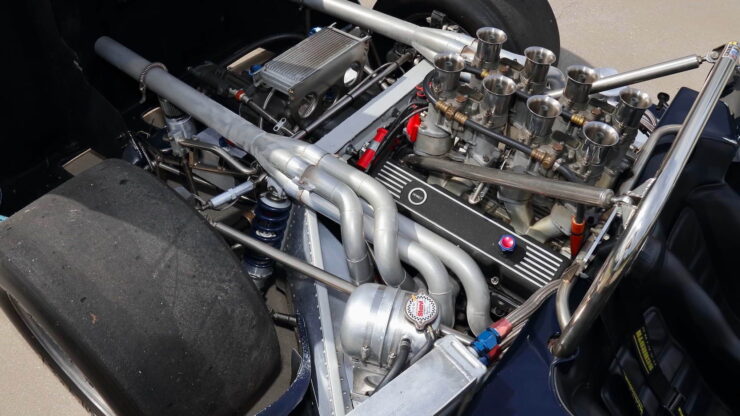
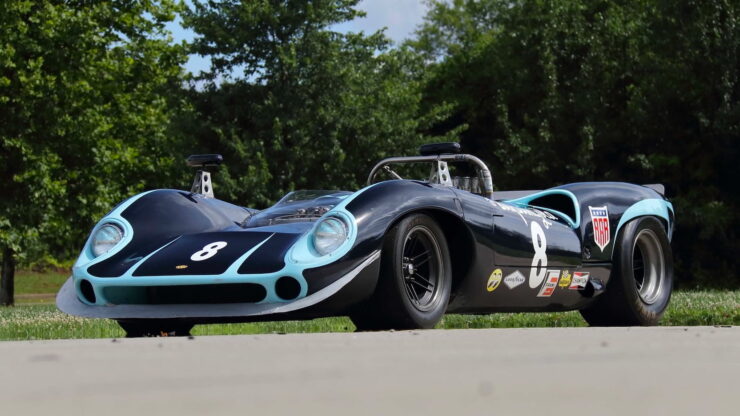
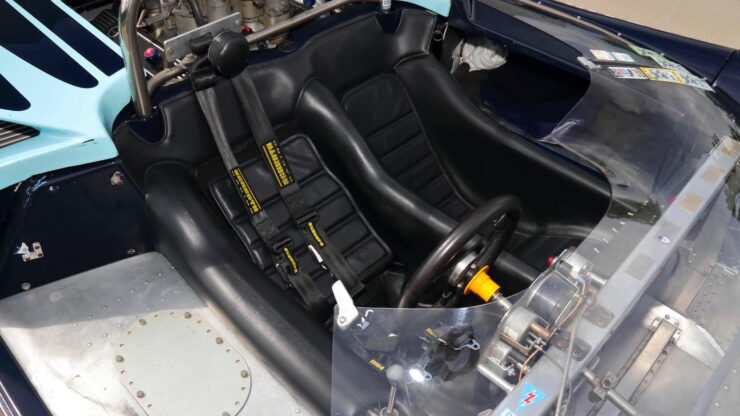
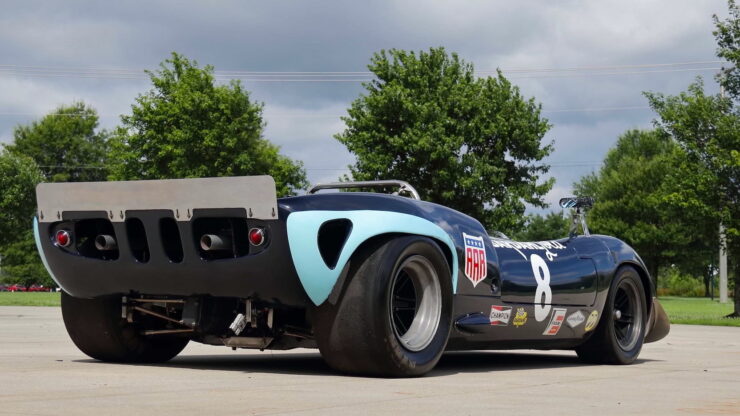
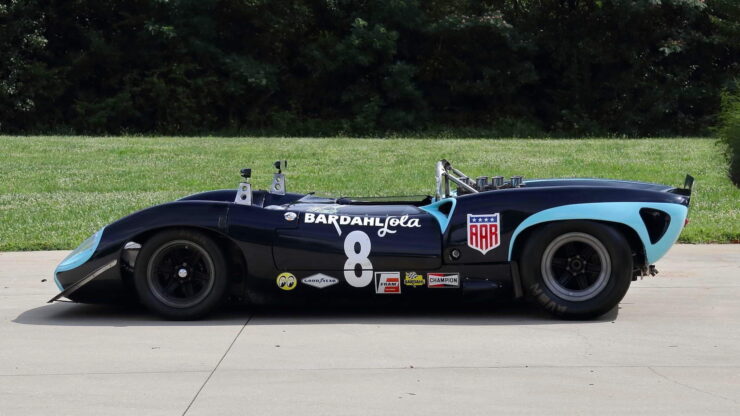
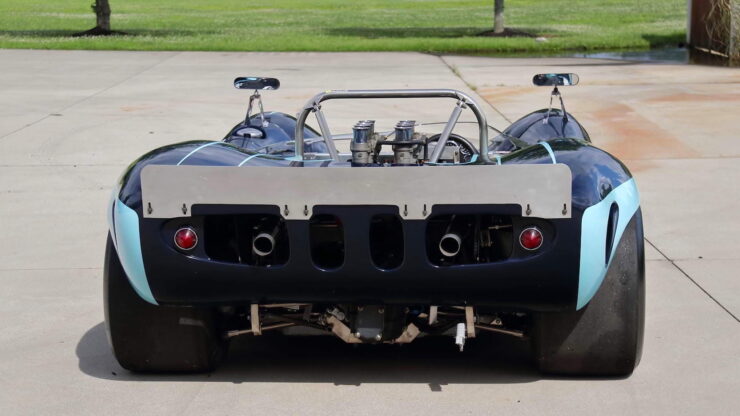
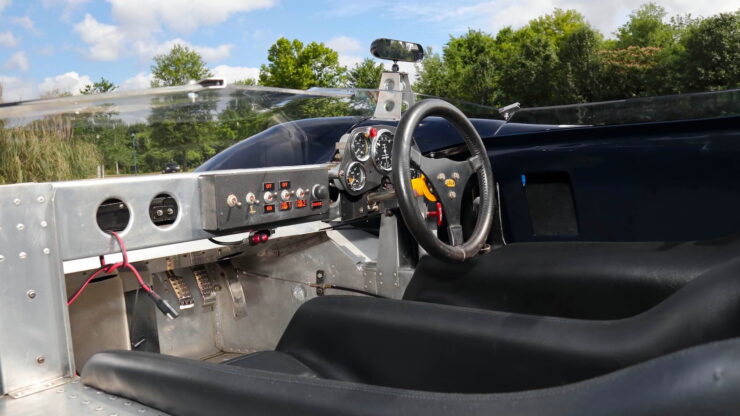
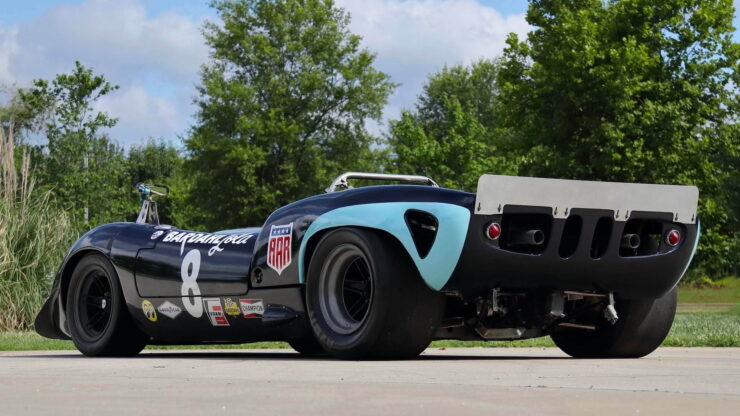
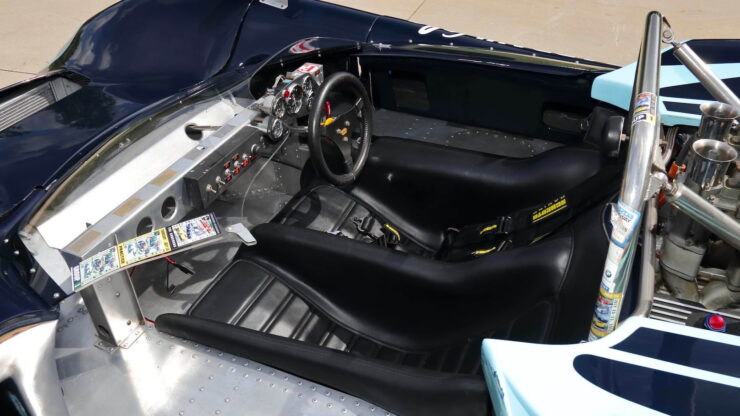
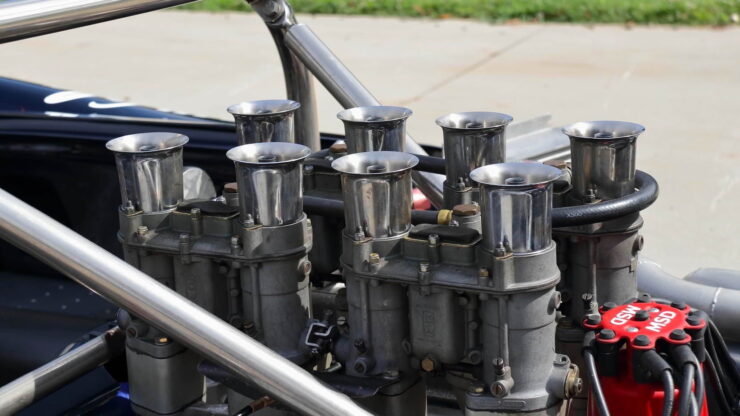
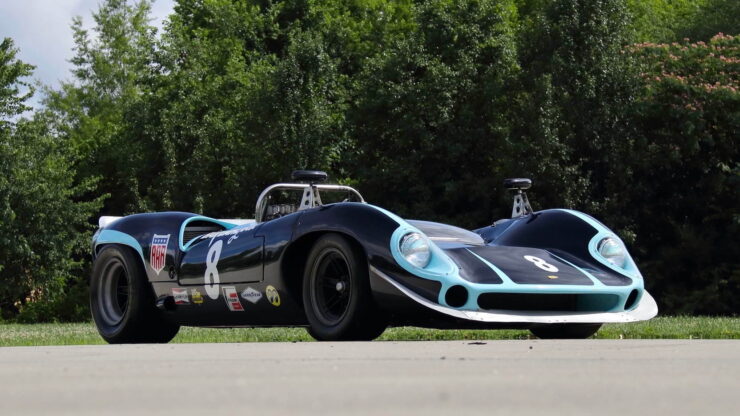
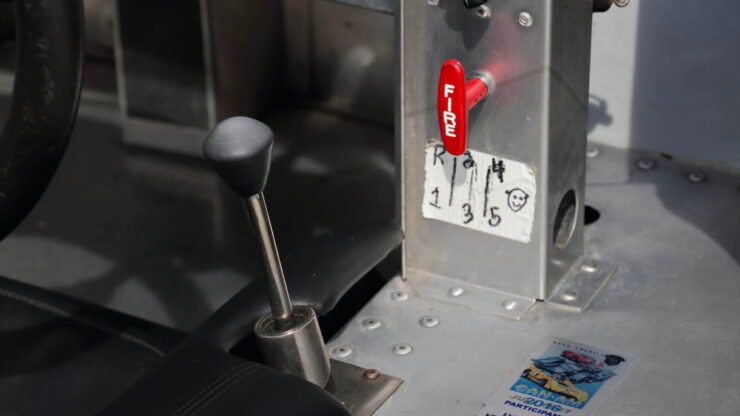
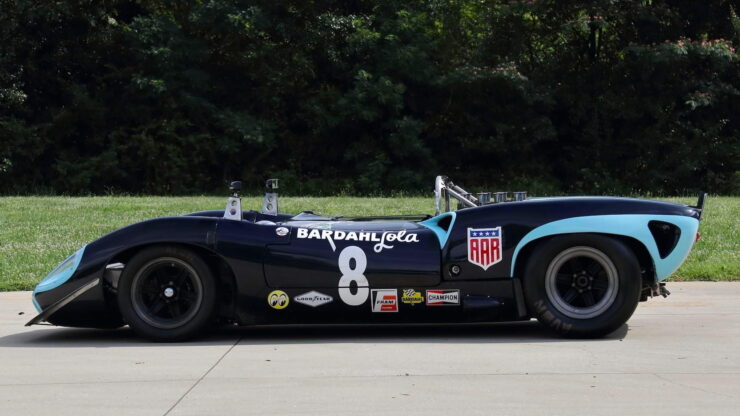
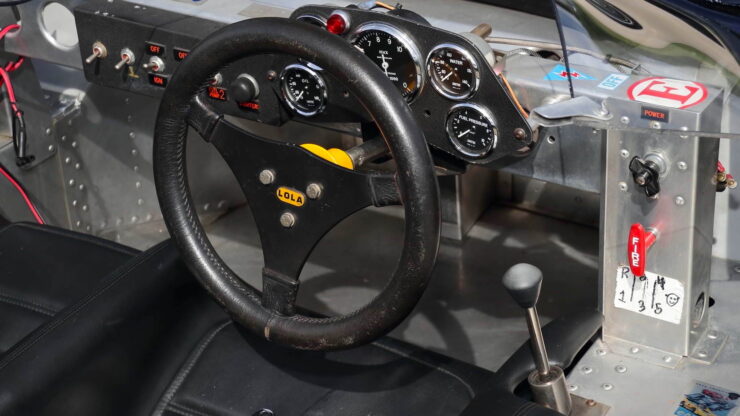
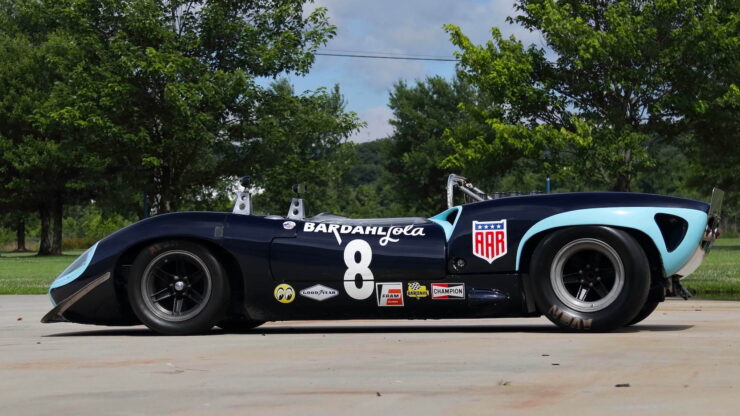
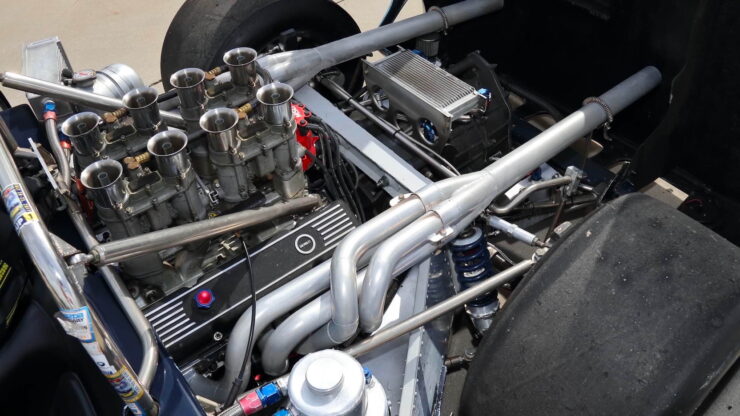
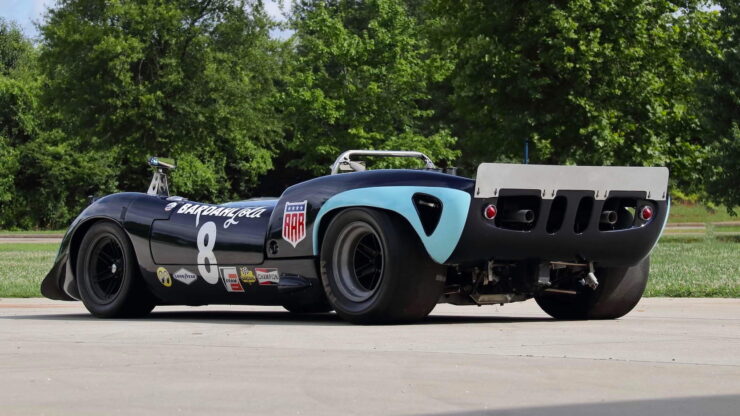
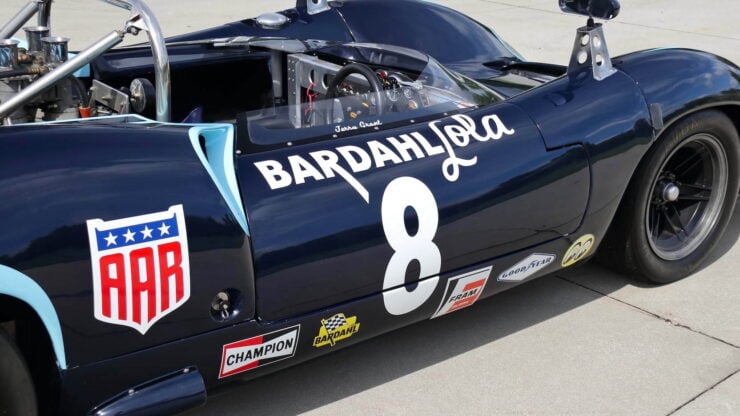
Images courtesy of Mecum
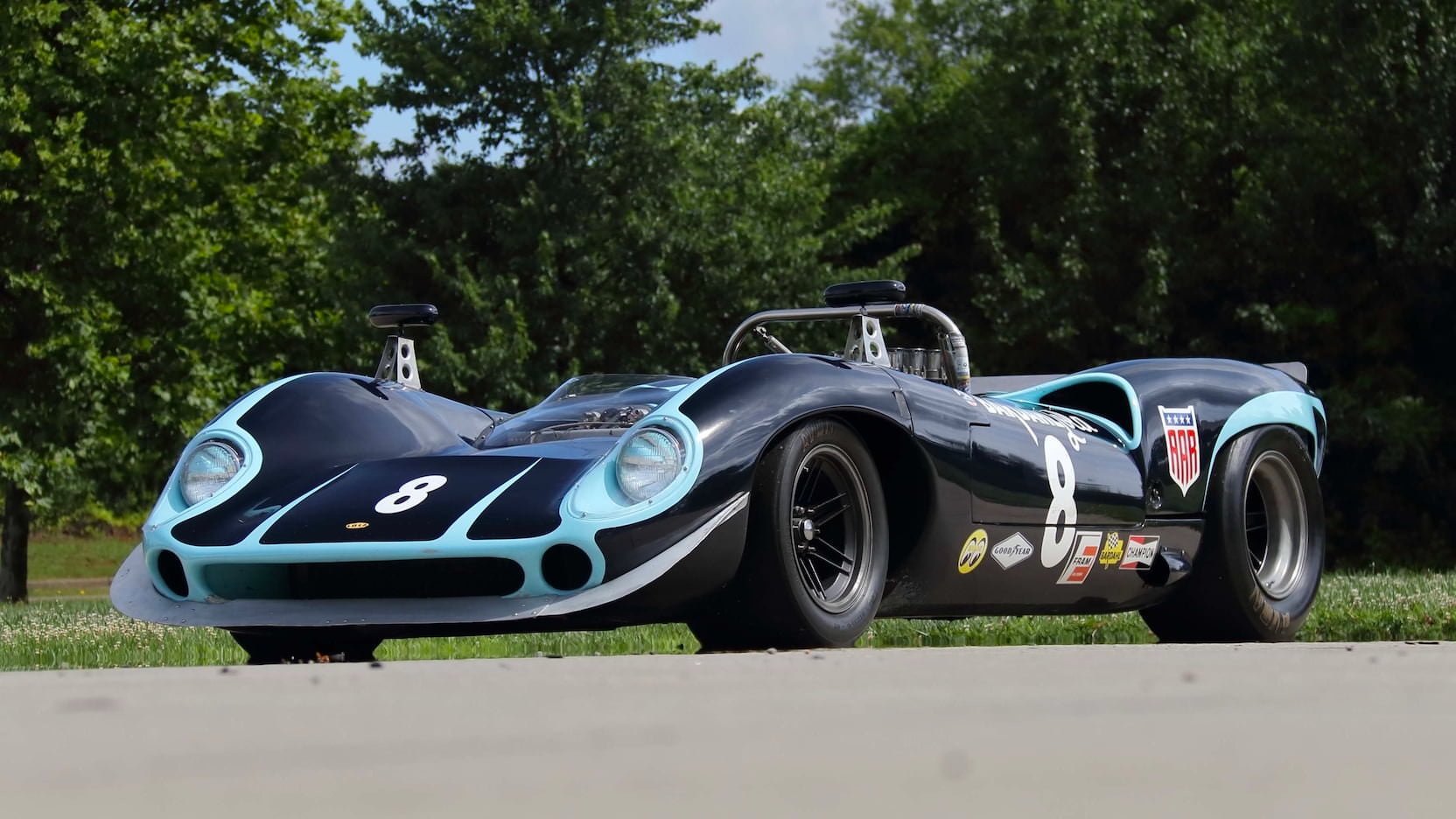
The post Lola T70 MkI Spyder – Owned by Carroll Shelby and Dan Gurney appeared first on Silodrome.
from Silodrome https://silodrome.com/lola-t70-mki-spyder/
via gqrds
